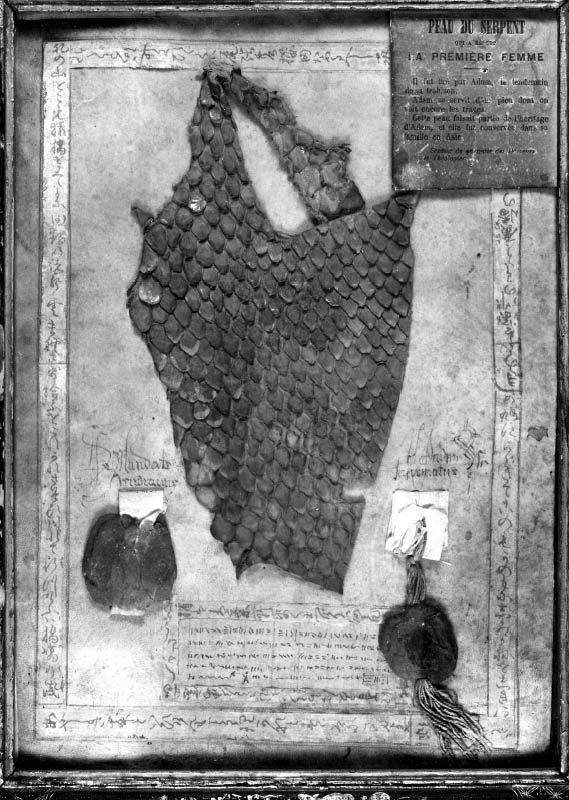CONNECTIVE TISSUES: ETHICAL GUIDELINES FOR BIOHISTORICAL RESEARCHNANCY BUENGER
2 HISTORICAL CONCERNSThe Chicago Historical Society houses one of the largest historical collections in the United States. Biological holdings include the most comprehensive collection of artifacts associated with Abraham Lincoln's assassination, the remains of one of Chicago's earliest homicide victims, hair attributed to various historical figures, and cultural artifacts stained with body fluids. Requests for bioanalysis of CHS's Lincoln relics exemplify biohistorical quests that typically involve the authentication of historical remains and artifacts, the resolution of speculative medical history or paternity disputes, or the commercial potential of genetic analysis. Many of CHS's Lincoln assassination relics were
CHS declined a number of biohistorical research proposals from outside investigators hoping to analyze the stains on the cloak associated with Mary Lincoln. BBC Television offered to underwrite DNA analysis of the cloak in exchange for information on whether President Lincoln suffered from Marfan syndrome, a connective tissue disorder, for a Discovery Channel documentary (Chicot 2000). StarGene Inc., the brainchild of Nobel Prize laureate and polymerase chain reaction (PCR) patent holder Kary Mullis, made a similar proposition in exchange for the right to replicate any genetic material found on the garment. StarGene embeds the “‘genetic essence’ of the stars” in GeneStones, “a gemlike resin, that will encapsulate and visually preserve” DNA, for a line of jewelry products and collectibles (StarGene 1996). Self-identified Lincoln relatives volunteered blood samples in exchange for confirmation of their patrimony; one gentleman even offered to exhume his grandmother to facilitate a genetic analysis. Other descendants supported the request of a retired college administrator with an education degree who hoped to conduct Y-chromosome analysis to investigate Lincoln's paternity (Hyatt 2003). Biohistorical investigations sometimes appear to be more closely associated with political agendas than significant historical inquiries. Bioethicist Glen Davidson has questioned the timing of a high-profile 1989 request for genetic analysis of bone fragments linked to Abraham Lincoln's assassination at the National Museum of Health and Medicine (NMHM). Investigators associated with the Human Genome Project, at a time when Congress was in the process of authorizing funds for the project, hoped to determine if the president had a genetic predisposition to Marfan syndrome. A panel of experts convened by NMHM initially approved the request, although they agreed that Lincoln's medical history was not a major historical question and there was no The articulation of meaningful questions lies at the heart of all historical research. Historians are most interested in analyses that illuminate broad cultural, economic, political, or social trends. The authenticity of an individual artifact such as CHS's cloak would not significantly contribute to a reevaluation of President Lincoln's assassination or the social impact of this event. Speculation over a single individual's health status and the potential behavioral consequences of drugs or disease generally lacks historical significance. Substantive historical queries should reflect an extensive knowledge of related scholarship and a critical examination of multiple sources of evidence, including an assessment of their reliability. Bioinvestigators frequently assume the authenticity of museum specimens, although historical artifacts rarely have the detailed provenance associated with more commercially valuable fine art works. The interpretation of historical figures or events from a single source of physical evidence smacks of biological determinism. More readily available textual and oral sources, which may be sufficient to answer the historical question, are frequently ignored. |
